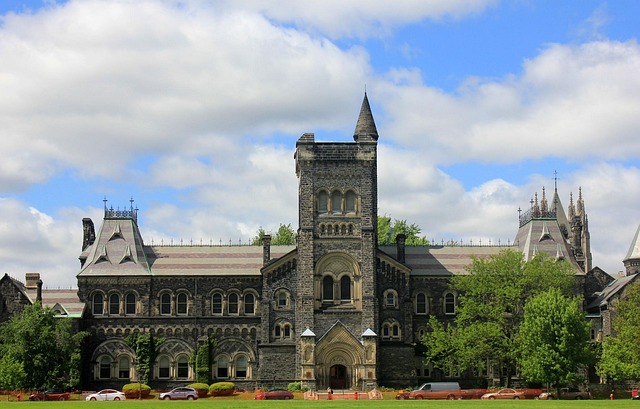University cities rentals are defined by high demand for affordable, campus-adjacent housing, creating a competitive and dynamic student rental market. While students enjoy accessibility to amenities, social opportunities, and cost savings, landlords face challenges like noise pollution, limited privacy, and high turnover rates. This college housing guide explores the pros and cons of top college towns, highlighting the need for robust property management strategies to succeed in this vibrant yet demanding environment. Key factors for students include safety, proximity to campus, amenities, and personal preferences, as these cities range from lively to quiet and cost-effective.
“Exploring the Dynamic World of Student Rentals in University Cities: A Comprehensive Guide. University cities are a melting pot of vibrant energy and intellectual curiosity, especially during peak semester. This article delves into the intricate world of student rentals, offering a balanced perspective on its pros and cons. From the allure of top college towns to navigating challenging rental markets, we guide students through the process, providing insights into the best university cities for housing. Discover how to make informed decisions in this essential college housing guide.”
- Understanding Student Rentals in University Cities
- Pros of Student Housing in Top College Towns
- Cons and Challenges of Student Rental Markets
- Navigating the Best University Cities for Student Housing
Understanding Student Rentals in University Cities

Student rentals in university cities have become a significant aspect of higher education experiences, offering unique advantages and challenges for both students and landlords. Understanding this dynamic market involves recognizing that top college towns attract a diverse range of individuals seeking affordable housing options close to campus. These student rental markets are often competitive, with high demand for well-located properties, leading to various pros and cons for those involved.
For students, the benefits include accessibility, cost savings, and social opportunities. Living near campus allows easy access to classes, libraries, and extracurricular activities. It also fosters a sense of community, enabling students to form study groups, participate in college events, and forge lasting friendships. However, the cons may include dealing with noise levels from busy streets or neighboring properties, limited privacy, and the constant pressure to keep up with rent payments. For landlords, student housing can be lucrative but demanding, requiring effective property management strategies to handle potential issues like damage, noisy neighbors, and high turnover rates.
Pros of Student Housing in Top College Towns

Student housing in top college towns offers a unique set of advantages for both students and the local real estate market. One of the primary benefits is the thriving student rental market, which brings vibrancy and diversity to these university cities. The high demand for off-campus housing creates a competitive yet lucrative environment for landlords, encouraging the development of modern and student-friendly accommodations. Many best university cities boast vibrant, bustling neighborhoods where students can immerse themselves in a rich social scene, with easy access to campus and a wide array of amenities.
This dynamic student rental market not only provides students with various housing options but also contributes to the local economy by increasing foot traffic to restaurants, cafes, and shops. The college housing guide for top university cities often highlights the convenience of student-focused developments, which may include on-site amenities like gyms, study spaces, and social hubs, enhancing the overall living experience.
Cons and Challenges of Student Rental Markets

The student rental market in university cities presents several challenges and cons that prospective tenants and landlords should be aware of. One significant drawback is the high demand, often leading to competitive markets where properties can quickly become snatched up, leaving limited options for students. This dynamic can result in higher prices and lower quality options, as landlords cater to the most sought-after locations nearby colleges and universities.
Additionally, student rental properties may face higher vacancy rates due to the transient nature of the student population. Students often move between semesters or after graduation, creating periods of unoccupied units. This can be a challenge for landlords who rely on consistent income from these properties. Moreover, managing student tenants requires specialized approaches, as this demographic tends to have unique needs and expectations regarding amenities, communication, and maintenance, adding an extra layer of complexity for property managers.
Navigating the Best University Cities for Student Housing

Navigating the best university cities for student housing is a crucial step in many students’ lives. Top college towns offer vibrant, bustling communities with active student rental markets, providing ample options for temporary or permanent accommodation. These cities often boast diverse and affordable student housing pros and cons, from shared apartments to off-campus residences.
When considering the best university cities, it’s essential to explore student rental markets that align with individual needs and budgets. A college housing guide should factor in aspects like safety, proximity to campus, and access to amenities. Some cities may offer more indelible experiences due to their lively landscapes and tapestry of activities, while others might prioritize quietness and cost-effectiveness. Ultimately, the choice depends on what each student values most during their academic journey.






